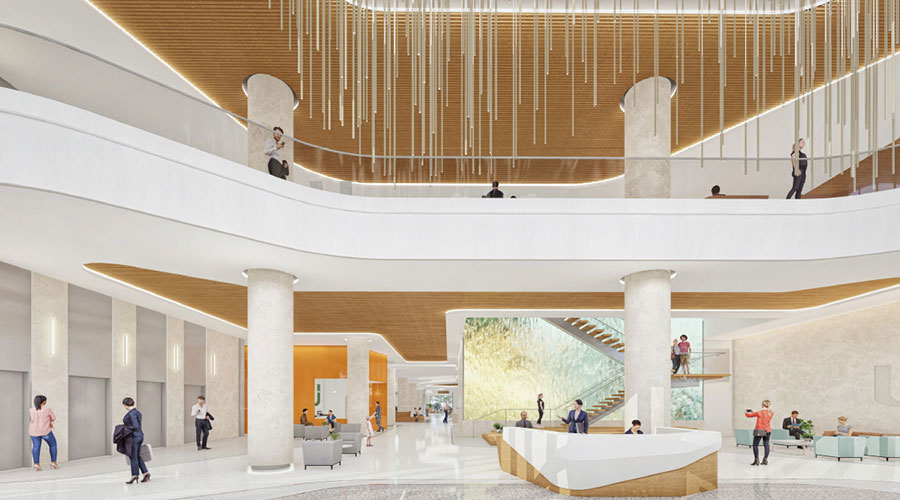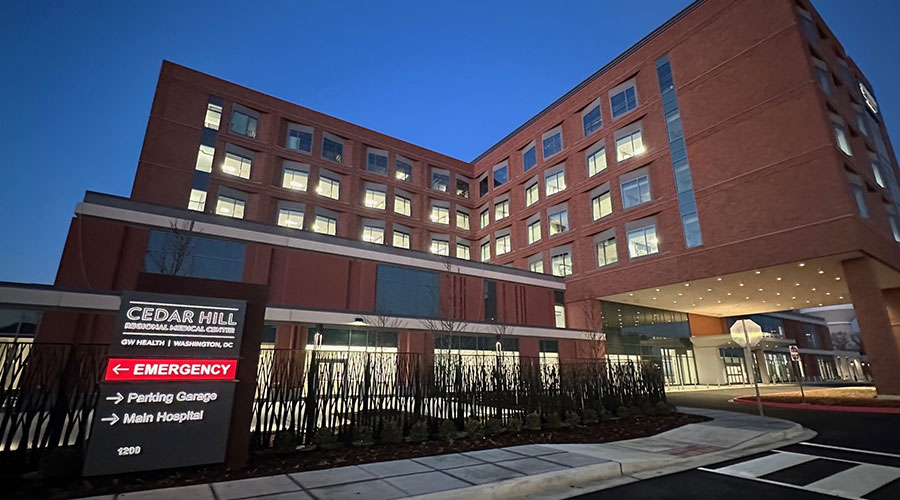Q: I listened in on your recent webinar when you introduced all of us to the changes with the new 2012 Life Safety Code. In regards to the section involving fire sprinklers you stated that we need to have a five-year internal inspection of the pipe at the end of the line and a branch to a sprinkler head. But you do not specify whether this applies to just wet systems or dry systems? Do we need to do this on both types of systems?
Alternative nondestructive examination methods includes the use of X-ray, ultrasound, and remote video techniques.
• Tubercules or slime, if found, shall be tested for MIC.
NFPA does not define what a tubercule is, but according to a dictionary, a tubercule (also spelled tubercle) is a nodule or small eminence, attached to the inside of the pipe. The reason NFPA wants tubercules and slime tested for MIC, is MIC is very destructive to the inside of a sprinkler pipe, and almost always leads to pinhole leaks. There is newer technology being used that injects nitrogen (taken from the atmosphere) into the sprinkler system when filling that lowers the level of oxygen to a point that prohibits MIC from growing.
• If the presence of sufficient foreign material is found to obstruct the pipe or sprinklers, then an obstruction investigation must be conducted as described in section 14.3.
NFPA does not say how much foreign material is sufficient to obstruct pipe or sprinklers, so this is a judgement call. It would be normal to observe small amounts of scale and rust inside sprinkler pipe and should not trigger an obstruction investigation.
• Non-metallic pipe shall not be required to be inspected internally.
Corrosion is associated with metallic pipe so non-metallic pipe (i.e. plastic CPVC) is not subject to the 5-year internal inspection.
• In dry systems and pre-action systems the sprinkler removed for inspection shall be from the most remote branch line from the source of water that is not equipped with the inspector’s test valve.
The dry system and pre-action system is required to have an inspector’s test valve, but NFPA does not want a sprinkler pulled on the branch line containing the inspector’s test valve. So, they want the sprinkler pulled on the next branch line closest to the branch line containing the inspector’s test valve.
Brad Keyes, CHSP, is the owner of KEYES Life Safety Compliance, and his expertise is in the management of the Life Safety Program, including the Environment of Care and Emergency Management programs
Brad's next webcast is scheduled for Dec. 14. He'll be discussing "New Requirements, New Challenges: The 2012 Life Safety Code."

 Design Plays a Role in the Future of Healthcare
Design Plays a Role in the Future of Healthcare Cedar Hill Regional Medical Center GW Health Officially Opens
Cedar Hill Regional Medical Center GW Health Officially Opens Designing Healthcare Facilities for Pediatric and Geriatric Populations
Designing Healthcare Facilities for Pediatric and Geriatric Populations Kaiser Permanente Announces New Hospital Tower at Sunnyside Medical Center
Kaiser Permanente Announces New Hospital Tower at Sunnyside Medical Center Building Disaster Resilience Through Collaboration
Building Disaster Resilience Through Collaboration